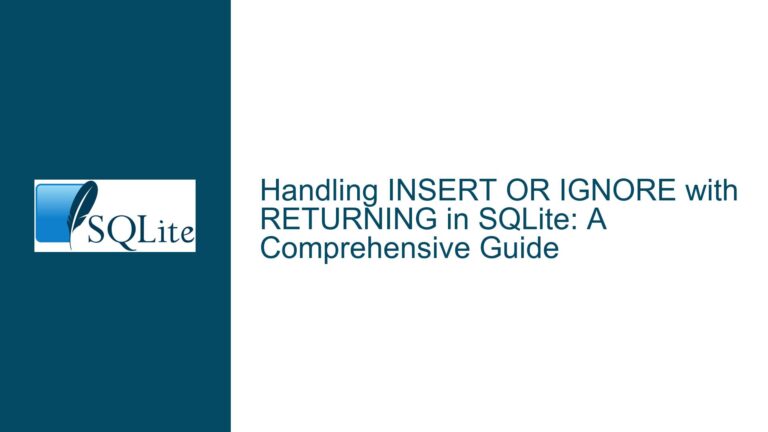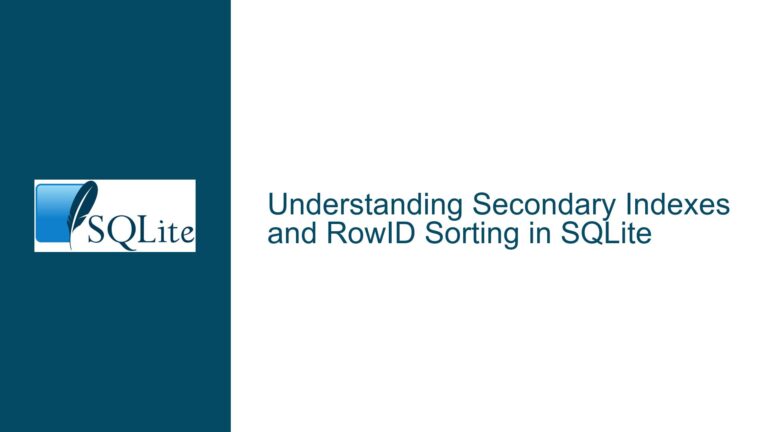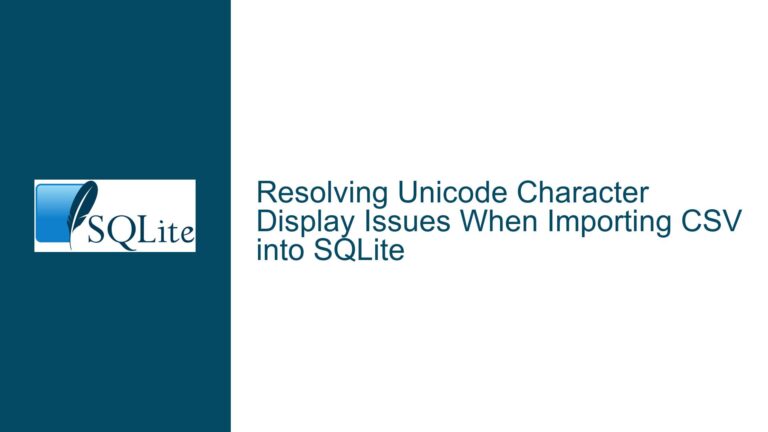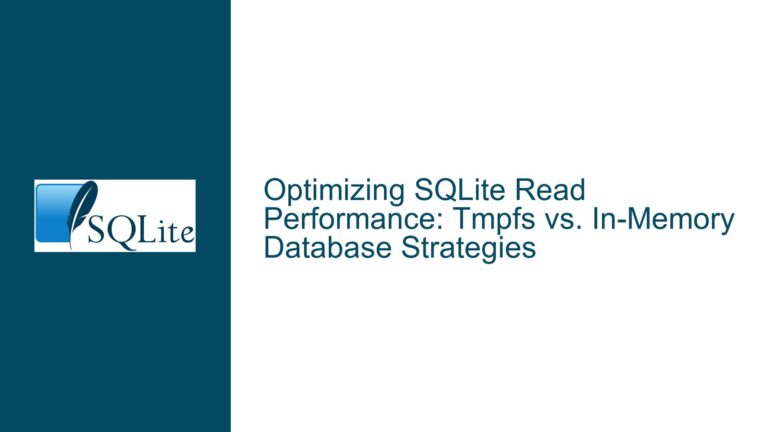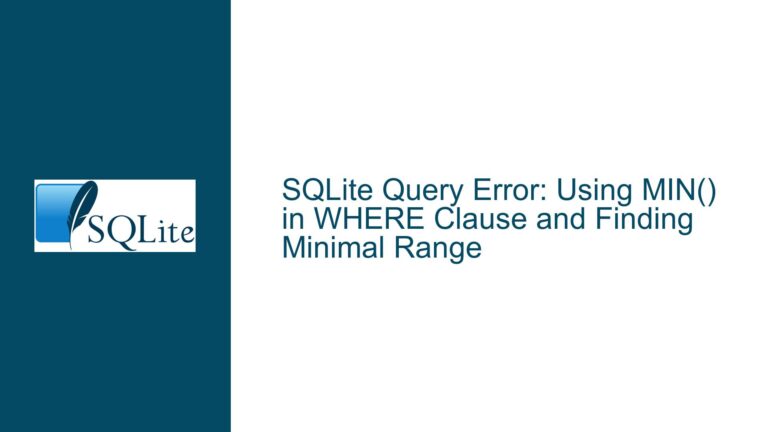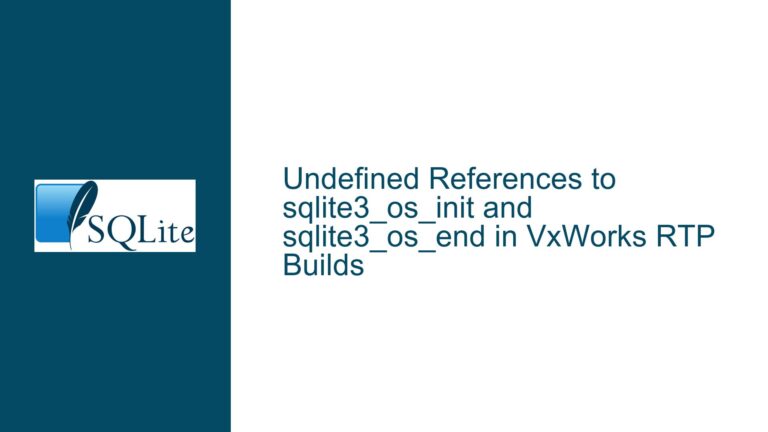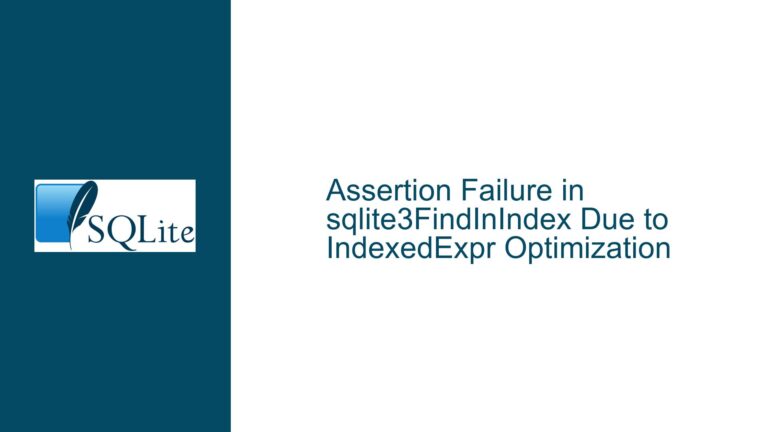Resolving SQLite ProviderManifest & BadImageFormatException in .NET 4.8 Migration
Understanding the ProviderManifest Initialization Failure and BadImageFormatException in SQLite with Entity Framework The ProviderManifest is a critical component in Entity Framework (EF) that provides metadata about the database provider’s capabilities, such as data types, functions, and schema definitions. When EF attempts to initialize a SQLite database connection during migration, it relies on the System.Data.SQLite.EF6 library…


